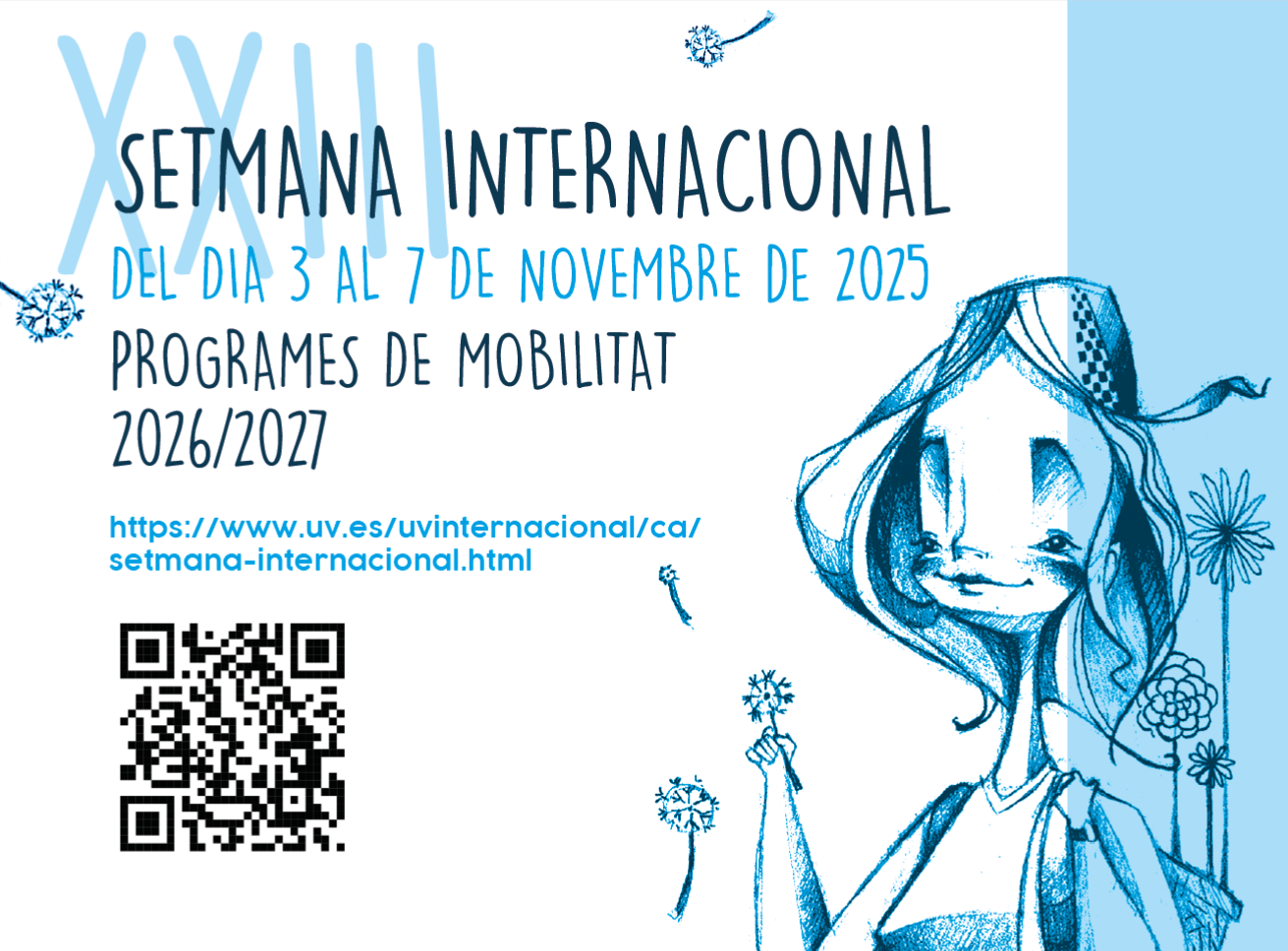University study proposes differentiated protocols to protect elder people from disasters such as the DANA
- Marketing and Communication Service
- Remei Castello Belda
- October 31st, 2025

The disaster caused by the floods of 29 October 2024 in the province of Valencia on 29 October 2024, claimed the lives of 229 people, 105 of whom were aged 70 or over, representing 46.3% of the total. But what is especially serious is that 7% of the deaths were of people aged 90, although this group, represents only a 1% of the affected population. This represents a significant overmortality according to a study conducted by professors Rosa Roig and Ángeles Tortosa, from the Department of Applied Economics of the Universitat de València and researcher Carmen Pineda of GEGOP, of the University Federal de Viçosa, from Brazil.
The research focuses on the disproportionate impact that de DANA had on the elderly population. It also highlights how structural and institutional factors increase their vulnerability to extreme weather events. For this reason, it is recommended to include longevity in risk plans for an inclusive and resilient management.
From the data analysed, researches conclude that Massanassa, València, Catarroja, Alfafar and Benetússer showed rates above 60% of older victims in relation to the local number of victims. The study reveals a territorial concentration of overmortality that corresponds to the densely populated urban areas, not well adapted infrastructures, high levels of residential ageing and limited accessibility for evacuations.
The research of professors Rosa Roig, Ángeles Tortosa and Carmen Pineda on structural vulnerability of the elders from the lessons learnt from the dana, has been published in the book Longevitat, justícia social i polítiques públiques: mirades interseccionals des dels territoris. The study emphasises how high mortality is not only attributable to biological fragility, but also that age, combined with structural and institutional factors, increases this group's vulnerability to extreme weather events. Therfore, ‘the absence of updated censuses, differentiated alert protocols and specific evacuation plans for persons with dependence, were determining factors in the tragic statistics,’ . The study points out that ‘institutional management tended to standardise the response, obscuring the functional and social diversity of ageing, which aggravated the situation'.
Proposals
The research criticises that local polices, despite their technical progress, do not fully incorporate an intersectional perspective on old age, limiting community resilience capacities and replicating exclusion structural patterns.
Researches point out in the study ‘the urgent need for proactive censuses at the municipal level on elderly people who are dependent, differentiated evacuation and assistance protocols, gerontological training for civil protection teams, and shelters adapted with adequate physical and sanitary conditions’.
Experiences in other countries
International comparison reinforces the urgency of the diagnosis. Cases such as natural disasters in Argentina, USA and the Caribbean have highlighted the effectiveness of specific community emergency brigades, the active participation of elder people in the decision making processes and the design of vulnerability maps. The research carried out by the Universitat de València, in line with the recommendations of the WHO and the UN Sendai Framework, emphasises the need to move beyond biomedical and welfare-based models and choosing instead inclusive and participatory governance that recognises the rights and agency of the group.
The authors point out that the excess mortality observed in the 2024 dana was predictable and preventable and that it constitutes a concrete manifestation of persistent institutional exclusion. They conclude that ‘Adapting warning systems and emergency policies to the new demographic reality is not only a technical issue, but an ethical imperative for climate and social justice in the Comunitat Valenciana’.
Categories: Estudis , Recerca, innovació i transferència , Economia Aplicada , DANA
















